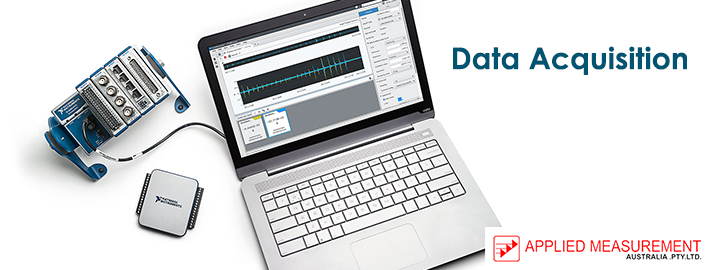Temperature monitoring is a crucial component of any cold storage operation. With the right tools and equipment, your team members can easily identify when temperature changes are needed to ensure inventory integrity.
Temperature monitoring is crucial to food safety.
Food safety is an important part of the health and well-being of your customers, but it’s also important to the reputation of your business. Ensuring that food is safe for consumption reduces the risk of foodborne illness, which can lead to hospitalisation and even death in some cases.
Foodborne illness incidents have cost businesses tens of billions annually in lost sales and lawsuits. If a customer gets sick from eating your product, they may never come back; you could lose them forever!
Temperature monitoring is especially important because it helps prevent spoilage and protects against cross-contamination (when bacteria spread from one food item to another). Cross-contamination can occur when two foods come into contact with each other as they move through production or storage processes.
For example: raw chicken comes in contact with ready-to-eat salad dressing before being cooked; raw beef comes into contact with cooked chicken strips before being packaged; or fresh produce such as tomatoes get washed without being rinsed first so traces of dirt remain on them when placed next to ready-to-eat cheese slices during packaging processes… The list goes on!
Good temperature monitoring helps prevent food product loss.
A wide range of food products are stored in cold storage facilities. Unfortunately, temperature fluctuations caused by poor monitoring make it difficult to maintain optimal temperatures and prevent food quality from deteriorating. As a result, you can lose up to 25% of your product through spoilage and freezer burn.

Temperature monitoring helps increase efficiency and lower your environmental footprint.
Temperature monitoring can help you increase the efficiency of your cold storage equipment and lower your environmental footprint. Temperature monitoring helps you keep track of how much power your cold storage equipment uses, as well as whether or not it is working efficiently. This allows you to identify where the problem areas are so that maintenance can be performed when necessary.
To protect the quality, safety and integrity of your cold storage inventory, it’s important you keep track of its temperature.
Temperature monitoring is especially important for food safety. If a refrigerated product warms up too quickly, bacteria may multiply to unsafe levels.
Even worse, if a frozen product thaws too quickly or doesn’t freeze completely in the first place, it could create conditions that make food spoil more quickly than normal. Monitoring can help prevent these scenarios from occurring by alerting you when changes in temperature occur and allowing you to take action before any issues arise.
Conclusion
It’s clear that temperature monitoring is important for the integrity of your inventory and food products. While it may seem like a small step towards protecting the environment, when you consider how many businesses use cold storage warehouses every day, it becomes clear that this technology can have a big impact on our planet!


